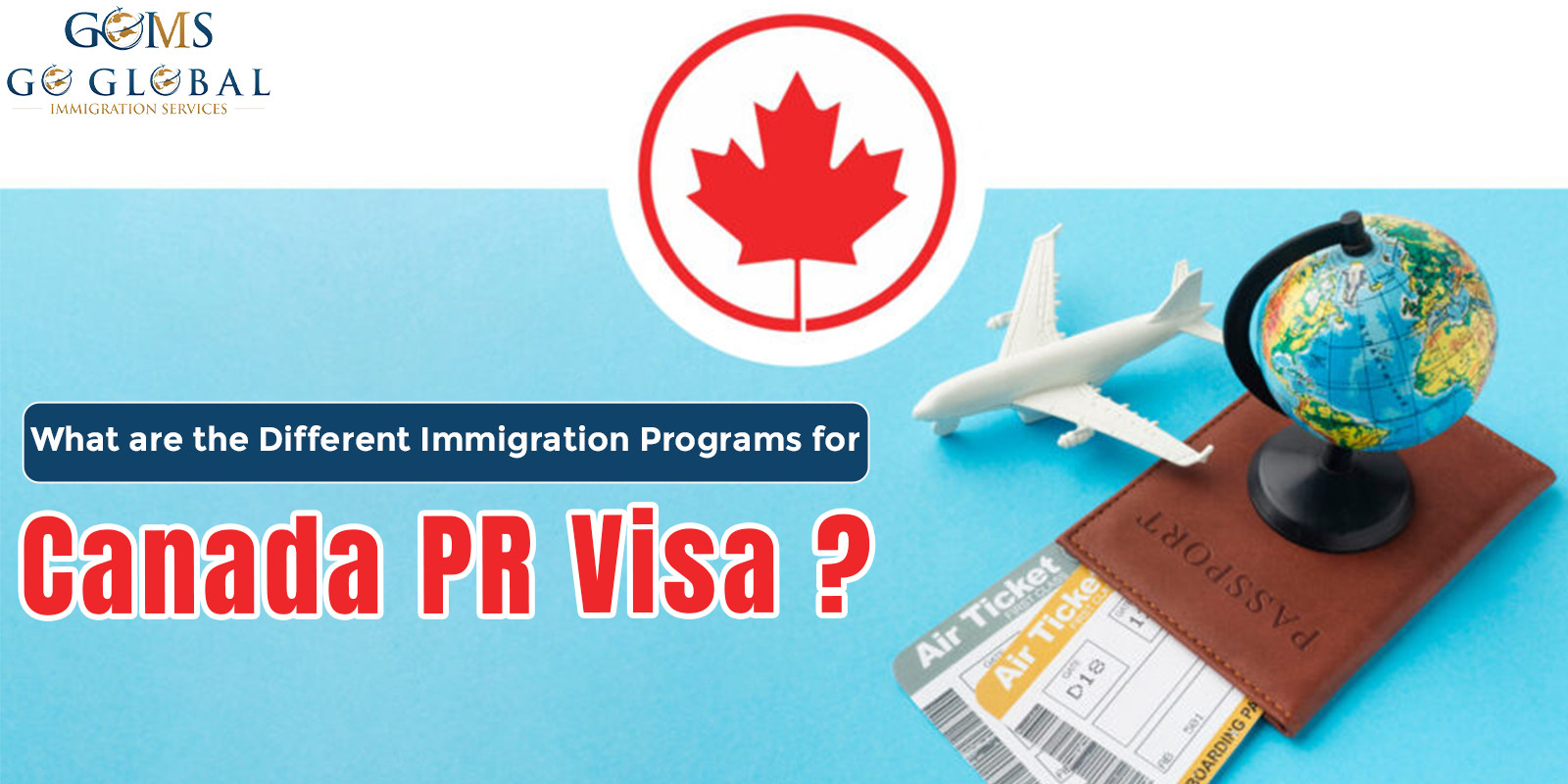Canada aims to welcome approximately 485,000 new immigrants in 2024, with plans to accept around 500,000 additional immigrants in both 2025 and 2026.
There are roughly one hundred unique immigration programs in Canada designed for families, skilled workers, and business professionals who wish to establish themselves in the country.
As a result, Canada’s immigration framework is often viewed as one of the most open and flexible globally.
1. Canada Express Entry
Express Entry is the immigration program utilized by the federal government of Canada to oversee applications from skilled workers.
The Express Entry system encompasses three main economic class immigration programs:
Federal Skilled Trades Program (FSTP)
Candidates are assigned a score based on the Comprehensive Ranking System (CRS), which evaluates various factors including age, educational qualifications, proficiency in English and/or French, and work experience.
To attract international skilled workers, Immigration, Refugees, and Citizenship Canada (IRCC) organizes Express Entry draws. During these draws, IRCC issues invitations to applicants with the highest CRS scores, allowing them to apply for permanent residency.
2. Provincial Nominee Program (PNP)
The following outlines the immigration programs available in Canada under the PNP:
Alberta Advantage Immigration Program (AAIP)
Newfoundland and Labrador Provincial Nominee Program (NL PNP)
Northwest Territories Nominee Program (NTNP)
Yukon Nominee Program (YNP)
The Provincial Nominee Program (PNP) is a well-known immigration initiative in Canada. The Immigration, Refugees and Citizenship Canada (IRCC) assigns specific quotas to the provinces and territories to nominate candidates for permanent residency.
Candidates must express a desire to immigrate to Canada and establish themselves in one of the provinces or territories. Through the PNPs, Canada aims to welcome over 100,000 new immigrants annually.
Each province and territory operates its own PNP, with the exceptions of Quebec and Nunavut. The PNPs utilize a system known as Expression of Interest (EOI), which is akin to the Express Entry system, conducting periodic draws to select candidates with the highest scores. Additionally, certain PNP streams are connected to Express Entry, allowing them to nominate qualified individuals for residency in Canada.
If a candidate successfully secures a provincial nomination through one of these PNP immigration programs, they are awarded an extra 600 Comprehensive Ranking System (CRS) points in Express Entry. This significantly increases the likelihood of receiving an invitation to apply for permanent residence in the subsequent Express Entry draw.
3. Quebec Skilled Worker Program
The province of Quebec administers its immigration initiative, characterized by a distinct set of selection criteria referred to as the Quebec Skilled Worker Program (QSWP). Each individual who is authorized to immigrate to Quebec is issued a Quebec Selection Certificate, commonly known as a Certificat de sélection du Québec (CSQ).
Through the QSWP, Quebec identifies skilled workers who aspire to become permanent residents of Canada and relocate to the province.
Moreover, Quebec offers immigration pathways for entrepreneurs and self-employed individuals who wish to establish a business within the province.
4. Family Sponsorship Programs
The Family Sponsorship Program facilitates the process of reuniting family members, including parents, grandparents, spouses or common-law partners, and dependent children, in Canada.
The Canadian government is committed to keeping families together, which is why it has implemented the Family Sponsorship Program.
To act as a "sponsor" for your family member, you must sign an "undertaking," which signifies your responsibility for the financial support of the individual you are sponsoring.
5. The Atlantic immigration program
The Atlantic Immigration Program (AIP) in Canada facilitates the acquisition of permanent residency for skilled workers in one of the Atlantic provinces.
The Atlantic provinces include:
New Brunswick
Nova Scotia
Newfoundland and Labrador
Prince Edward Island
The main aim of this immigration initiative is to attract skilled professionals to the Atlantic region.
Under the AIP, employers are responsible for identifying qualified candidates and providing them with a job offer. Notably, employers are not required to perform a Labor Market Impact Assessment (LMIA).
After the candidate accepts the job offer, the employer must connect them with a designated organization that will assist in formulating a transition strategy. To expedite the process, employers may also secure a temporary work permit for the candidate.
Go-Global Immigration Services is the best Immigration consultant who can assist you with your application process. We make sure you get to know the right Canada PR visa programs for migration with updated knowledge and changes in the immigration Industry. To begin your journey hassle-free, you can connect with us and be at ease that your application is in the right hands.

